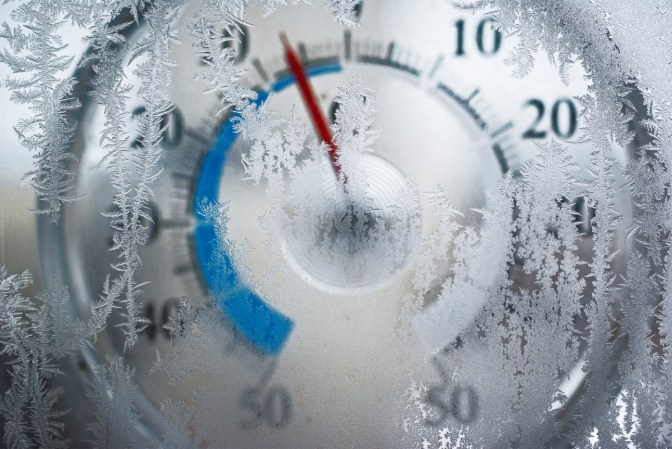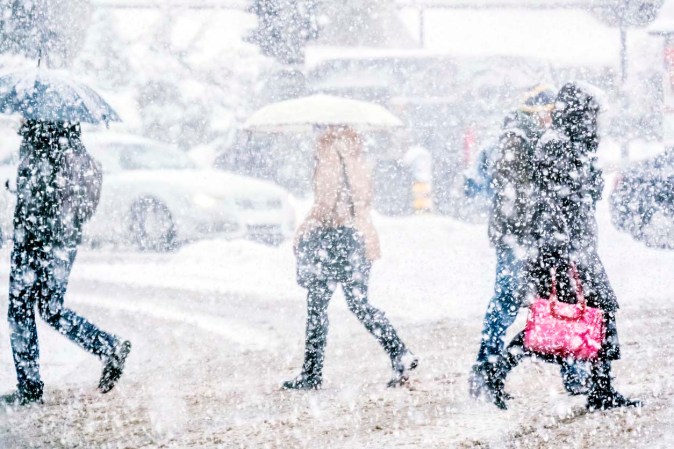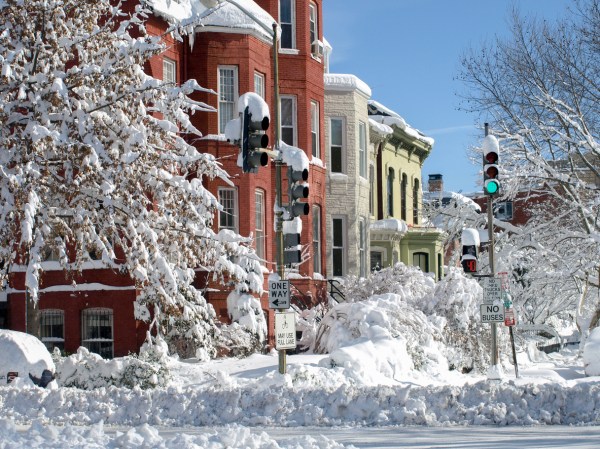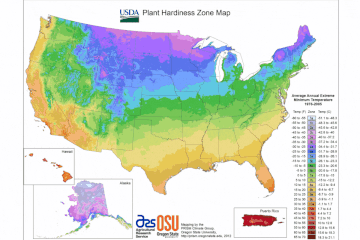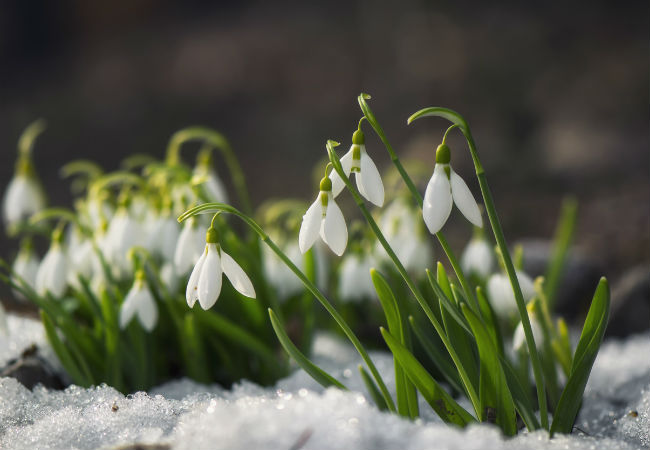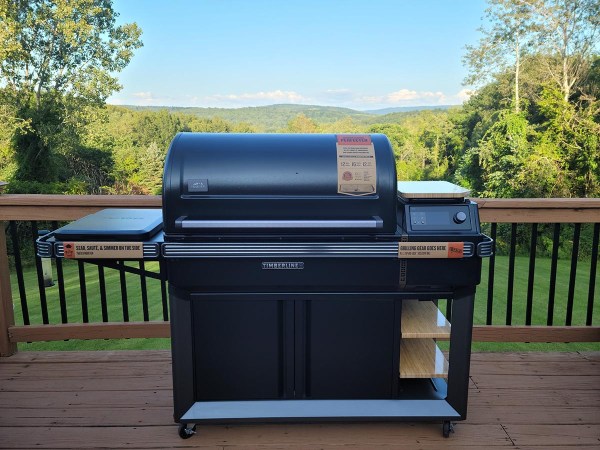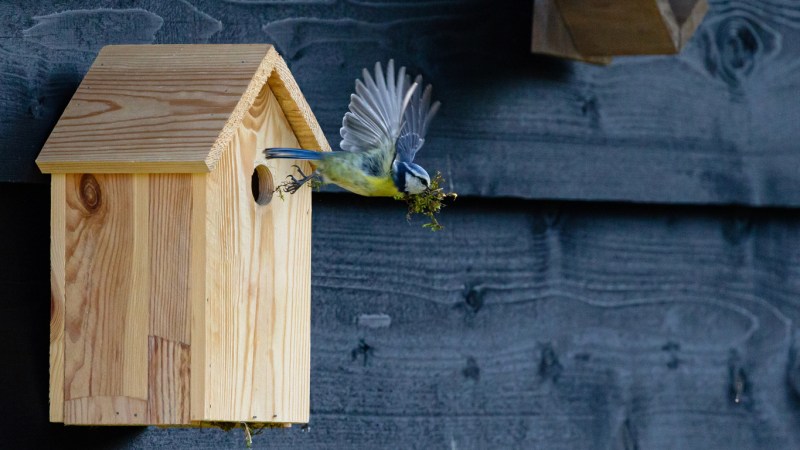We may earn revenue from the products available on this page and participate in affiliate programs. Learn More ›
Cold air is coming, but are you going to see any snow this year? The Old Farmer’s Almanac just released its winter forecast for 2023 to 2024, saying that it is predicting a “winter wonderland.” So, if you love those fluffy white flakes, depending on where you live, you might have a decent chance of seeing quite a few of them this year.
Still, while cold and snowy weather is predicted for much of the country, there are some regions where calls for milder or simply wet weather are favored. Keep reading to learn about upcoming winter forecasts from the Old Farmer’s Almanac and weather experts. Will you need to brace yourself for the many ways winter weather can damage your home, or simply make sure you have a pair of rain boots handy?
RELATED: 11 Mistakes Homeowners Make Every Winter
Region 1: Northeast
The Old Farmer’s Almanac is calling for above-normal precipitation in Region 1, which includes Maine, New Hampshire, Vermont, Massachusetts, and New York. Look for the most snow to fall from mid- to late November, in mid-December, and in early to mid-January. They’re also forecasting a good chance for a white Christmas in the higher mountain areas of this region. The National Weather Service (NWS), however, predicts average precipitation for most of the region between December and February.
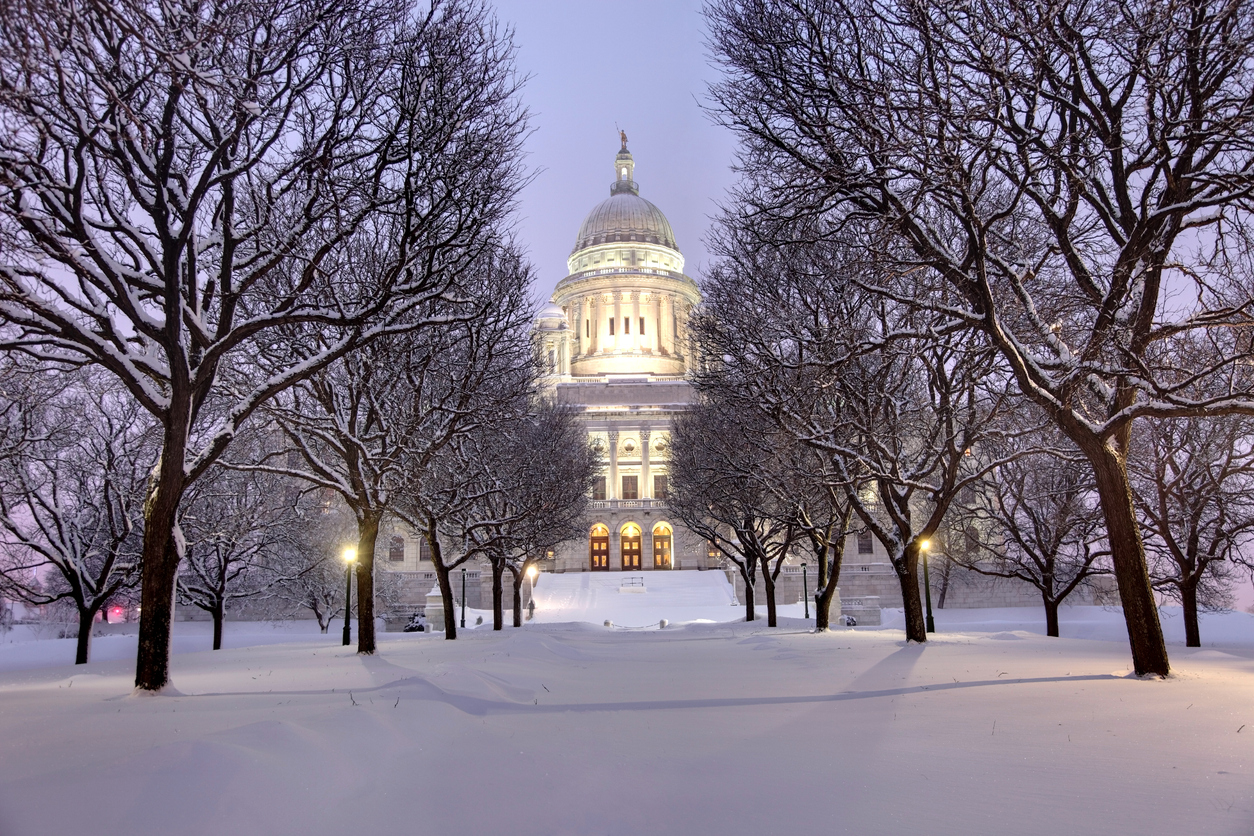
Region 2: Atlantic Corridor
Region 2, known as the Atlantic Corridor, is made up of the states of Connecticut, Rhode Island, New Jersey, Delaware, and the eastern portions of Maryland and Virginia. According to The Old Farmer’s Almanac, precipitation in this region should be about 2 to 3 inches higher than the monthly averages, with late December, late January, and mid-February being the snowiest. The NWS also predicts about 40 percent higher chance of precipitation for most of winter.
RELATED: The 14 Best Tools for Conquering Ice and Snow
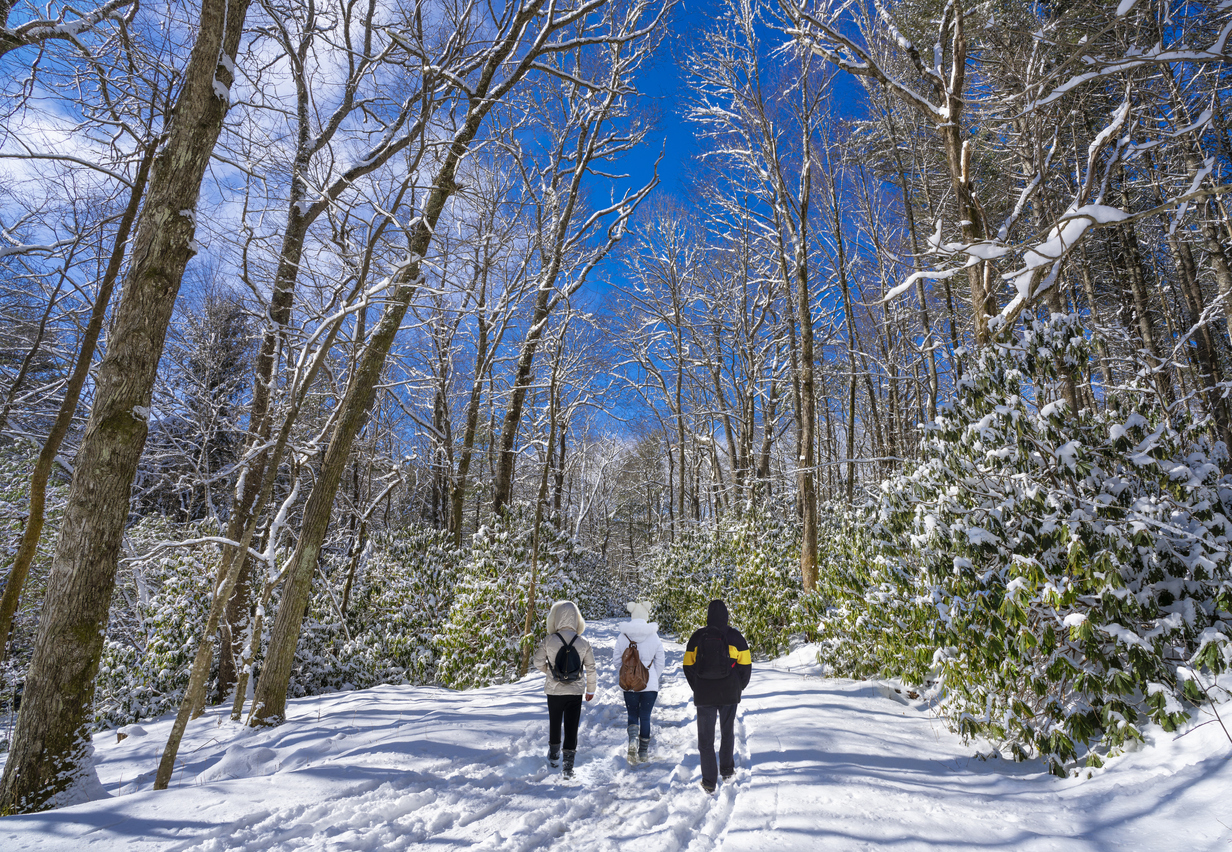
Region 3: Appalachians
The Appalachian region spans most of Pennsylvania, Maryland, and Virginia along with the eastern edge of West Virginia and western part of North Carolina. As with the other regions in the Northeast, The Old Farmer’s Almanac and NWS are predicting above-average chances of snowfall for this region. They’re forecasting the most snow during the end of December, middle to end of January, and beginning to middle of February. However, unless you live in the mountainous part of West Virginia, you shouldn’t get your hopes up for a white Christmas.
RELATED: 16 Simple Tricks to Stay Seriously Warm This Winter
Region 4: Southeast
Residents of Georgia, South Carolina, and most of North Carolina, who make up region 4, should prepare for a wet season. The Old Farmer’s Almanac is calling for lots of precipitation in these states, with above-average snowfall for the Southeast portions. This matches the NWS 2023 to 2024 winter forecast, which is also noting the high chance for above-average precipitation in this region.
Region 5: Florida
It is probably no surprise that The Old Farmer’s Almanac is not calling for snow in Florida this year. After all, many Florida cities have never had any snow. However, they are calling for above-normal rainfall for most of the state, as is the NWS. Miami and other cities along the southern tip of the state might see slightly lower rainfall than normal.
RELATED: The 26 Best Ways You Can Prepare for a Frigid Winter
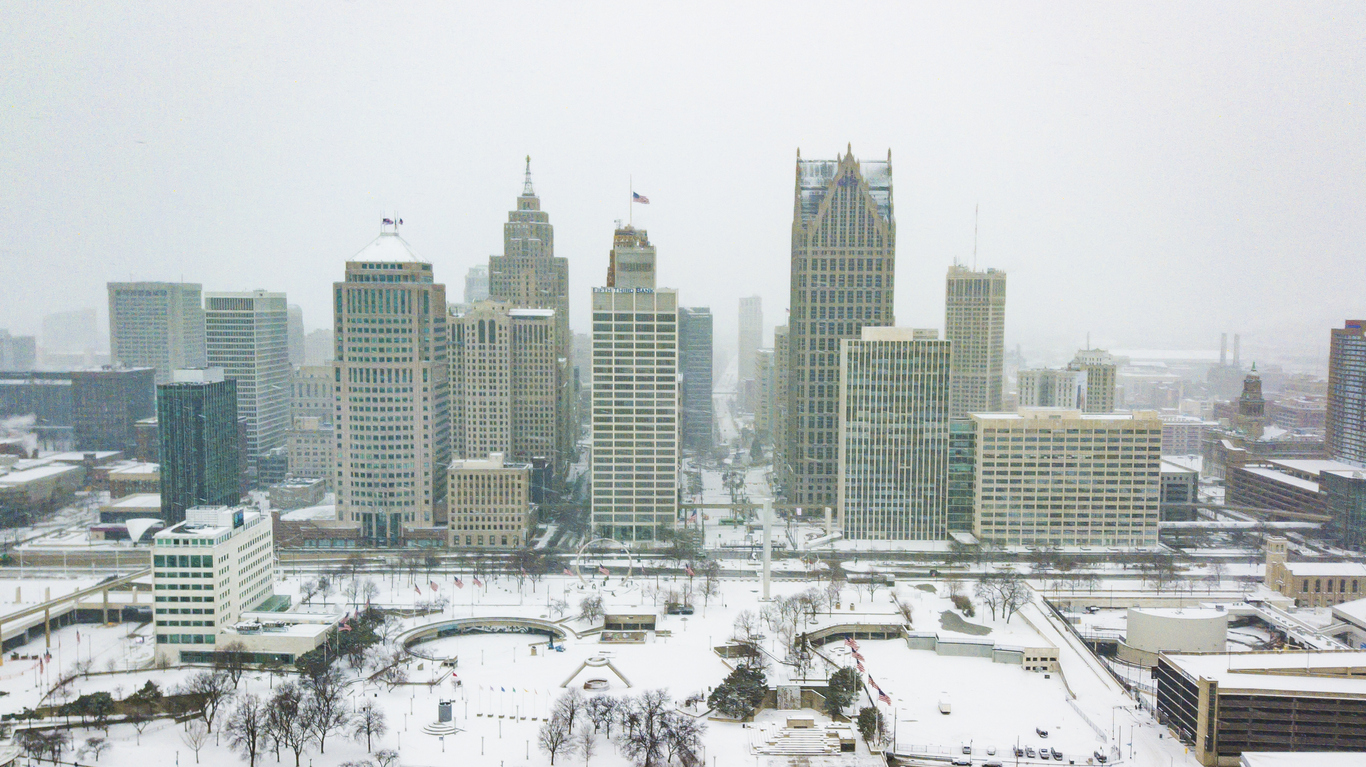
Region 6: Lower Lakes
The Lower Lakes region encompasses much of Michigan, Wisconsin, Illinois, Indiana, Ohio, and New York that border Lake Michigan, Lake Erie, and Lake Ontario. According to The Old Farmer’s Almanac, residents of this region should brace themselves for a cold and snowy winter, with the most snow falling from around the holidays through most of January, and then again in around the middle of February. Chances are also high for a white Christmas for many in this region. However, it is worth noting that the NWS winter outlook calls for below-average precipitation for this region.
Region 7: Ohio Valley
Half of Ohio, all of Kentucky, and portions of Illinois, Indiana, and West Virginia make up the Ohio Valley Region, where The Old Farmer’s Almanac is predicting above-average snowfall this winter. They expect the end of December through the middle of January and the end of January through the middle of February to be the snowiest. They also say that there is a chance for a white Christmas for many residents of this region.
RELATED: 12 Ways to Check Slush and Snow at the Door
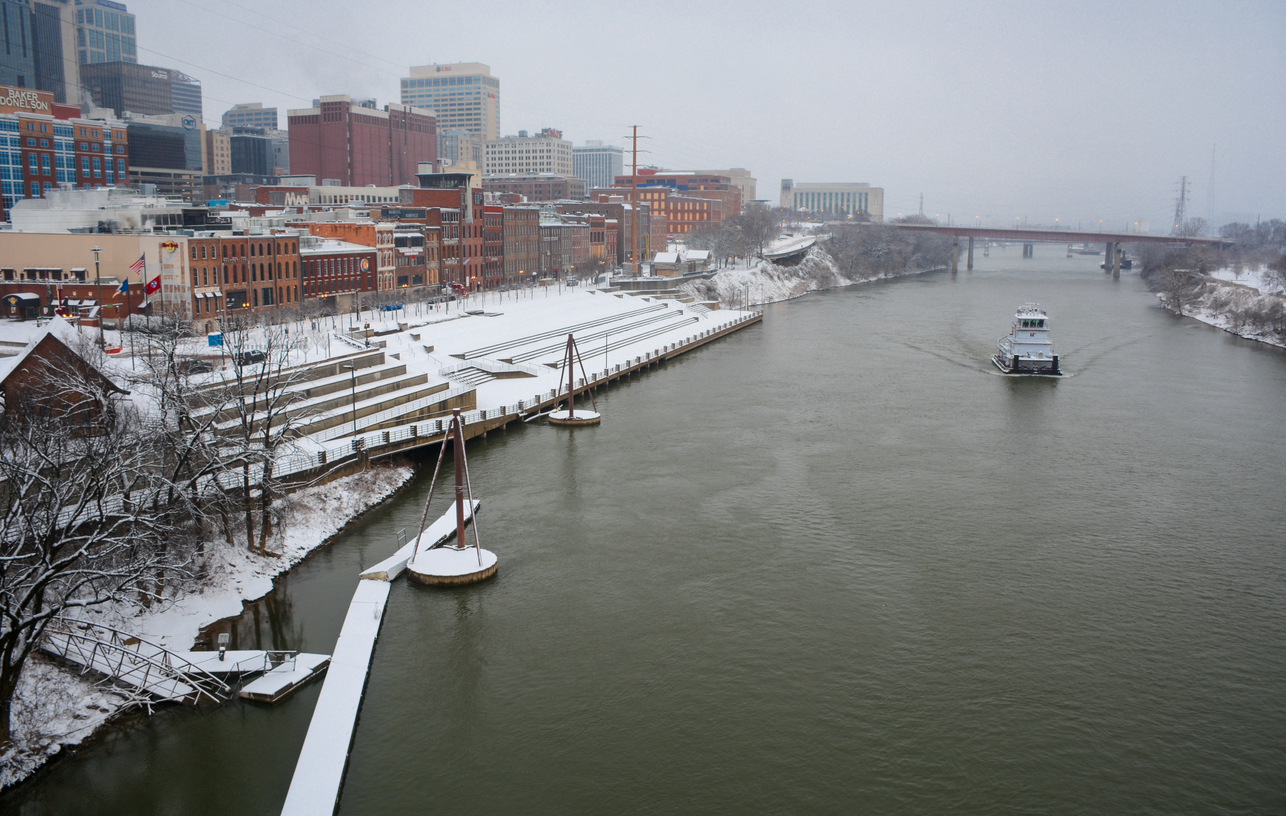
Region 8: Deep South
The Old Farmer’s Almanac and the NWS agree that there will likely be above-normal precipitation in the Deep South region, which consists of Arkansas, Tennessee, Louisiana, Mississippi, and Alabama. However, the precipitation that falls is much more likely to be rain than snow since temperatures should be at least in the mid to high 40s in these states. If snow is going to fall in this region, it would be most likely in the northern portion, and only then toward the end of January or middle of February.
RELATED: The 50 Best Products for Surviving Winter
Region 9: Upper Midwest
Minnesota, much of Wisconsin, and the eastern edges of North and South Dakota make up region 9, where snowfall is likely to be above normal this year. According to The Old Farmer’s Almanac, the Upper Midwest is likely to have a white Christmas, along with heavier snowfall toward the end of November, middle to end of December, middle of January, and beginning of February. The NWS, however, predicts below-average precipitation for most of this area from December to January.
RELATED: 16 Winter Emergency Supplies You Should Always Keep in Your Car
Region 10: Heartland
Region 10, the Heartland, contains Missouri, Iowa, most of Kansas, and a portion of Nebraska and Illinois. The Old Farmer’s Almanac continues to forecast above-average (even if just slightly above) precipitation in this region. They are calling for the most snow to fall starting at the end of December through the middle of January. The NWS projects normal chances of December through February precipitation for the Heartland.
RELATED: 15 Ways to Prep for a Winter Power Outage
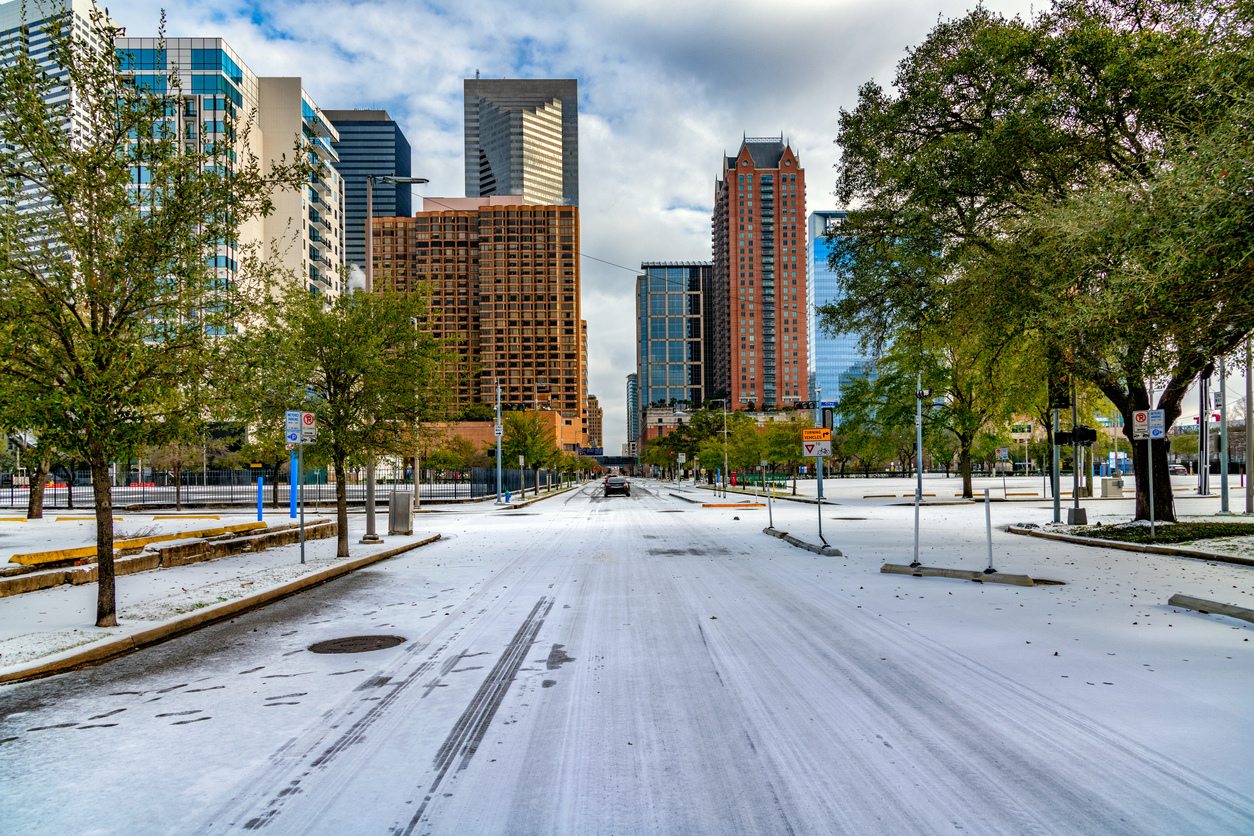
Region 11: Texas-Oklahoma
While The Old Farmer’s Almanac is calling for above-average precipitation in Texas and Oklahoma, it isn’t expected to be much higher than what falls in a typical year. Those in the northern portion of these states may see some snow around the end of December or the end of January, but most of the precipitation that is expected to fall in this region will likely be rain. The NWS forecasts average chances of precipitation this winter for the northern portions of the region, and above average across most of central and southern Texas.
RELATED: 10 Plants You Can Winter Indoors
Region 12: High Plains
The High Plains region encompasses portions of 10 different states: Montana, Wyoming, Colorado, New Mexico, Texas, Oklahoma, Kansas, Nebraska, South Dakota, and North Dakota. Once again, The Old Farmer’s Almanac is calling for more winter precipitation than typically falls in an average year. Late November, the middle of December, and the middle of January are predicted to be the snowiest. For those north of Interstate 70, they’re even predicting a white Christmas; the NWS forecasts average precipitation for the High Plains.
RELATED: How to Get Your Fireplace Ready for Winter
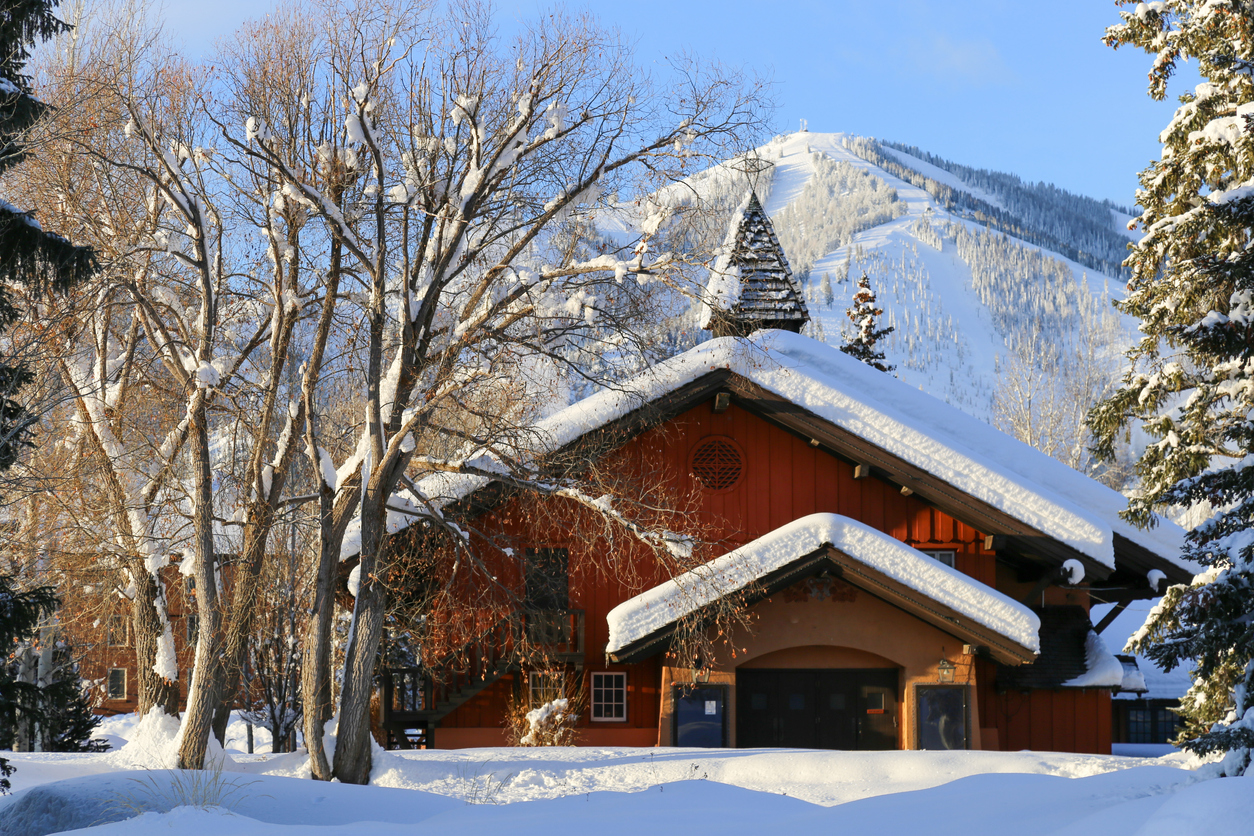
Region 13: Intermountain
The Intermountain Region is one of the largest regions outlined by The Old Farmer’s Almanac. It includes most of Nevada, Utah, and Idaho, along with a large section of Arizona, Colorado, Wyoming, Montana, Washington, and Oregon. This year’s forecast is calling for lots of snow, or a “whiteout,” to quote The Old Farmer’s Almanac. They anticipate that the most snow will fall in the middle to end of November, early January, late January, and the middle of February. The NWS considers chances of winter precipitation to be average or even below average in the northernmost sections of the region.
Region 14: Desert Southwest
Portions of New Mexico, West Texas, Arizona, Nevada, and southeastern California comprise the Desert Southwest Region. Above-average precipitation is being called for by The Old Farmer’s Almanac, including chances for snow in the parts of this region where snowfall occurs most regularly (higher elevations). Some portions of Arizona might even wake up to a white Christmas. The NWS also forecasts above-normal precipitation this winter in the southern portions of Arizona and New Mexico.
RELATED: 10 Places You’re Forgetting to Winter-Proof
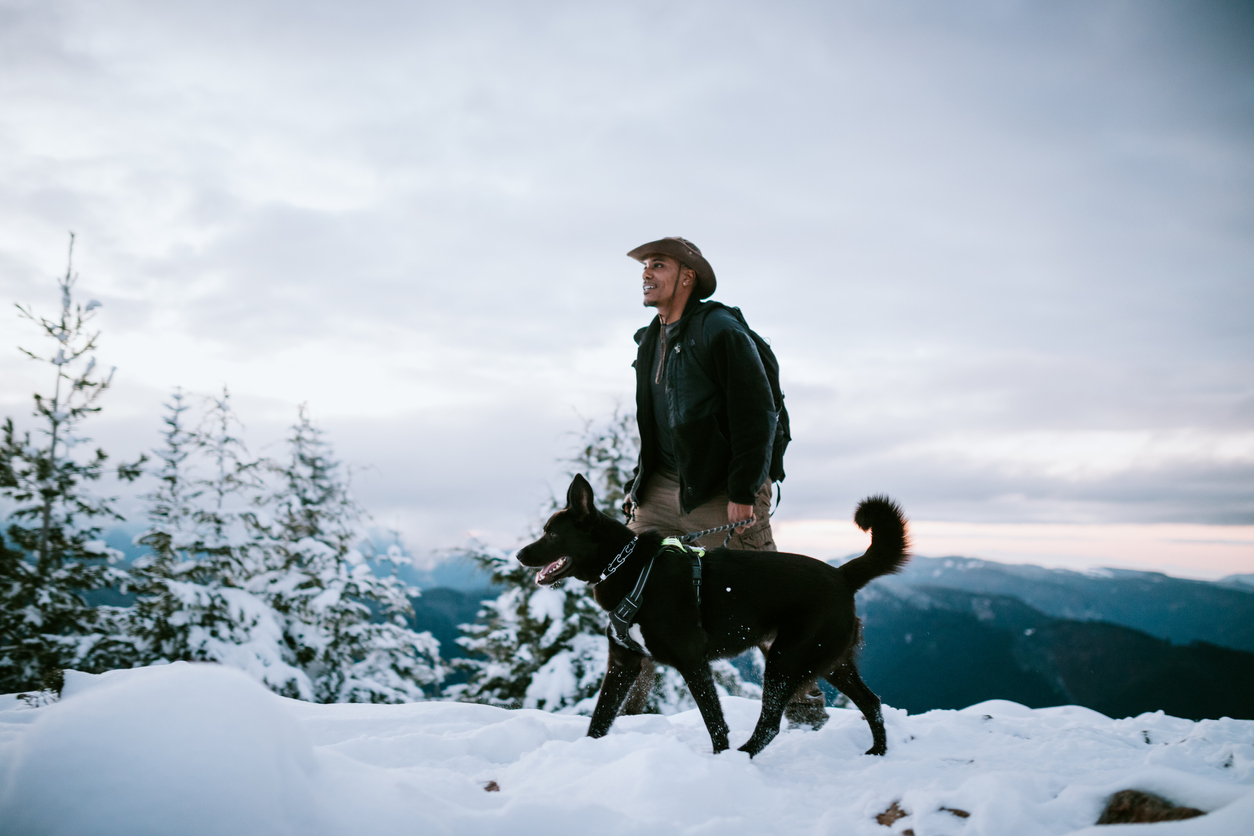
Region 15: Pacific Northwest
The Old Farmer’s Almanac and the NWS are both anticipating that precipitation in the Pacific Northwest (northern portion of California and western portions of Oregon and Washington) will be below average this winter. While El Niño may be decreasing the overall snowfall and rain that falls, there is still some hope for snow in middle December or at the end of the year and in the middle of January. Some portions of the region that are inland and more mountainous might even end up with a white Christmas.
Region 16: Pacific Southwest
While El Niño may lead to decreased precipitation in the Pacific Northwest, the opposite is true for the Pacific Southwest, where The Old Farmer’s Almanac is calling for a wet winter. Areas of higher elevation are most likely to see snow in early January, late January, early to mid-February, and mid-March. NWS forecasts normal precipitation for the area in December through February.
Region 17: Alaska
The Old Farmer’s Almanac is predicting that Alaska will see slightly less precipitation than on average. However, the state may still end up with slightly above-average snow totals this winter. The end of November, middle of December, middle to end of January, and beginning of March are when the most snow is likely to fall. NWS projects average precipitation for most of the state, and above-average for the northern third or so.
RELATED: 23 Brilliant Hacks to Help You Weather Winter
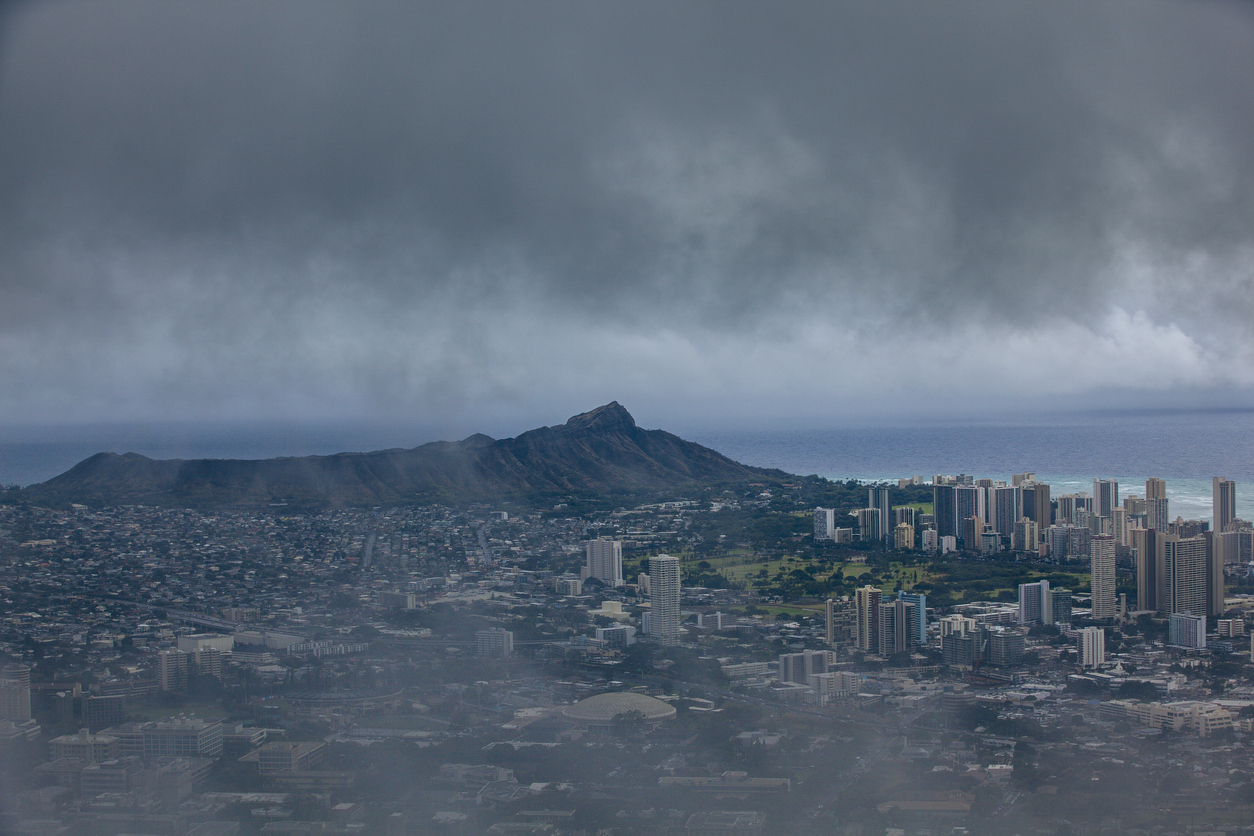
Region 18: Hawaii
Hawaii is likely to surpass yearly average rainfall totals this winter. According to The Old Farmer’s Almanac, the islands are most likely to see heavier storms in early January and the middle of February, with the eastern portions of the regions also experiencing heavier rains in early November.


